Semantic Change in Sanskrit
₹895.00
| Author | Jiyalal Kamboj |
| Publisher | Vidyanidhi Prakashan, Delhi |
| Language | English |
| Edition | 2017 |
| ISBN | 978-9385539268 |
| Pages | 466 |
| Cover | Hard Cover |
| Size | 14 x 2 x 22 (l x w x h) |
| Weight | |
| Item Code | VN0032 |
| Other | Dispatched in 1-3 days |
10 in stock (can be backordered)
CompareDescription
Semantic Change in Sanskrit Jiyalal Kamboj’s work “Semantic Change in Sanskrit” is an enlightening examination of the evolution and mutation of meaning in the ancient Sanskrit language. Kamboj dives into the inner nuances of semantic change with rigorous study, unravelling the manner in which words and their connotations have altered over time. This book provides a complete grasp of the dynamic nature of language, from evaluating linguistic shifts in Sanskrit texts to identifying the cultural and historical influences that have influenced semantic evolution. Kamboj’s work is a great resource for linguists, scholars, and fans alike, shedding light on the rich fabric of Sanskrit and its significant impact on human communication evolution. After going through this work of Dr. Kamboj one forms the impression that the author has produced a well documented study of semantic change of Sanskrit which was not an easy task dealing as he was with one of the most ancient languages of the most ancient languages of the world that, in spite of all assiduous to ensure the purity, has not remained unaffected both in vocabulary and in meaning.
He has first taken up the causes of semantic change and then gone on trace its directions. Lastly he has dived deep into Sanskrit vocabulary and pointed out semantic changes. He has produced a mass of material or scholars to ruminate over. The nature of his and peruse a vast number of Sanskrit works which he has done with utmost scientific precision and with untiring diligence. The world of scholars will ever remain beholden to him for the very fine study carried out on a subject of vital interest.
I have great pleasure in introducing to the world of scholars the valuable publication Semantic Change in Sanskrit by my friend and colleague Dr. Jiya Lal Kamboj. Though a number of good studies have appeared of late on the philosophical aspect of meaning such as the Philosophy of Word and Meaning by Dr. Gaurinath Sastri, the Indian Theories of /meaning by Dr. K. Kunjunni Raja, the Problem of Meaning in Indian Philosophy by Dr. R.C. Pandeya, the practical aspect of semantic change has not attracted the attention of scholars to the extent it should have . Except a few stray articles, some of them by the writer of these lines, no systematic study of this aspect had appeared so far. Viewed in this light the present study deserves to be warmly welcomed by scholars.
Interestingly, it is not only the moderns, even the ancients did not attempt its systematic treatment. There are references to semantic change in older Sanskrit texts, the prepositions being a potent factor for it: upasargena dhatvartho balad anyatra niyate; the suffixes being responsible for it in general but having in odd cases only a zero potential; svarthe and so on. The ancients were conscious of the phenomenon of the words dropping off their distinction in meaning and developing synonymity. This is precisely the import of the most significant of the remarks of the well-known commentator Ksirasvamin on the Amara line tamalapat-ratilakacitrakani visesakam; ittham tilakabheda ete, paryayatvamtv aduraviprakarsat. Adurviprakarsa ‘not being far removed in meaning’ is the key to the synonymity in words. The principles like tatsthyat tacchaddyam, the thing being designated by the name of the object on which it stands or is based, as can be seen in the expression mancah krosanti ‘the pavilions cry’, wheremanca ‘pavilion denotes the mancastha purusa ‘the man on the pavilion;’ tadarthyat tacchabdyam, a thing is designated by the word for which it is meant, as can be seen in the word brahmacarin, where the word brahma meaning ‘the Veda’ originally, comes to acquire the sense of ‘the austerities for the study of the Veda’: brahma=vedadhyayanartham vratam, caratu=acarati iti brahmacari; taddharmyyat tacchabdyam, a thing is called by the characteristics it possesses, as can be seen in the word Ghana ‘could’, which having the basic sense of ‘solid mass’, vide murttau ghanah (Pan. III.3.77) came to acquire the sense of ‘cloud’ because of its possessing the quality of massiveness, a peremise supported by the juxtaposition of abhra and Ghana-original meaning mass of cloud’-in tam adhraghanasankasam apatantam mahakapim and a few other stazas of the Ramayana; tatsamyat tacchabdyam, a thing is called by the word for that with which it is similar, as can be seen in the word vamsa ‘family’, so called because it is similar to vamsa ‘bamboo’ in that it grows in shoots and offshoots, a characteristic of bamboo which grows in clusters; vamsa iva iti vamsah betrays on the part of the ancients a good knowledge of semantic change and the actors responsible for it. Interestingly, the Nyayasutra in the course of the discussion as to whether a word conveys the idea of an individual (vyakti) or universal (jati) mentions a number of principles, including some of those mentioned above that have passed into axioms, together with appropriate examples. These are sahacarana’ association’, sthana ‘place’ dharana ‘retention’, vrtta ‘sameness of counduct’, mana ‘measure’, tadarthya ‘sameness of meaning’, samipya ‘nearness’, yoga ‘connection’, sadhana ‘means’, and adhipatya ‘wonership.’ As a matter of fact, the entire effort in propounding and expounding the Vrttis like Laksana and Vyanjana shows a deep appreciation of the ancients of the semantic process. What are Laksana and Vyanjana if not the forsaking of the primary meaning by a word and taking on a new one, of course connected with it and not far removed from it.
The fact that the ancients had a good grasp of the principles overning the deviation of meanings of words that have deviated from their primary meaning due to certain factors is also borne out by their enunciation of them in the following Karikas:
Samyoga virayogas ca sahacaryam virodhita
Arthah prakaranam lingam sabdasyanyasya sannidhih.
Samarthyam acuciti desah kalo vyaktih svaradayah,
Sabdarthasyanavacchede visesasmrtihetavah.
Appearance and disappearance of connection, companionship, hostility, motive, context, attribute or characteristic, juxtaposition of another word, power, congruity, place, time, gender, accent and so on are the causes of one’s recollecting a special sense of a word.
It is strange that in spite of all their knowledge of the principles of semantic change the ancients did not appl it to analyse semantically the vast corpus of the vocabulary of the mighly Sasnskrit languae and leave for posterity a work which could probide an insight into the working of their mind in tracing the semantic changea which could have yielded valuable clues to a later researcher who could have benefitted from them adding at the same time much to it on the basis of his acquaintance of the science of comparative philology and knowledge of other languages which did influence Sanskrit both in vocabulary and in semantic change as has been ably shown by Dr. Kamboj in the present work. It is left only to a modern scholar like Dr. Kamboj to attempt such a work and attempt in a big ways.
Like other braches of human knowledge semantics is also connected with human behavioural pattern. Language furnishes both the tendencies, to be rather brief and short; the very naming of the objects is a case in point, laghvartham hi samjnakaranam and to be unnecessarily elaborate; tautology is a case in point, loke laghavam praty anadarah. Just as with language, so with meanings with which, according to Indian theorists, they are connected in inseparable relationship. That is why the idea is understood even from the parts of the words like Datta and Bhama which convery the sense of Devadatta and Satyabhama respectively or of a fuller expression from a single word, e.g. digdha and liptaka which give the sense of visadigdhasara and visaliptakasara repctively vide Amara: nirastah prahite bane visakte digdhaliptakau.
It is in line with the behavioural pattern that quite a few times in Sanskrit vkr which means action in general comes to denote an action in particular. The Mahabhasyakara is hinting at this very phenomenon when he says: Karotir abhutapradurbahve drstah, nirmalikarane capi vartate-prstham kuru, padau kuru, unmrdaneti gamyate, niksepane capi vartate , kate kuru, ghate kuru, asmanam itah kuru sthapayeti gamyate, vkr which is found in the sense ‘to bring into being what did not before’ is found in the sense of ‘to rub off’ e.g., prstham kuru ‘rub off the back’, padau kuru ‘rub off the feet;’ it is also to be met with in the sense of ‘to put’, ‘to place’ ,e.g., kate kuru, ghate kuru, asmanam itah kuru, ‘put’, ‘on the mat, put on the pitcher, put the stone this side.’ A scholar taking up the study of semantical change to have a thorough grasp of this behavioural pattern. Dr. Kamboj, I am happy to say, possesses it in aboundance.

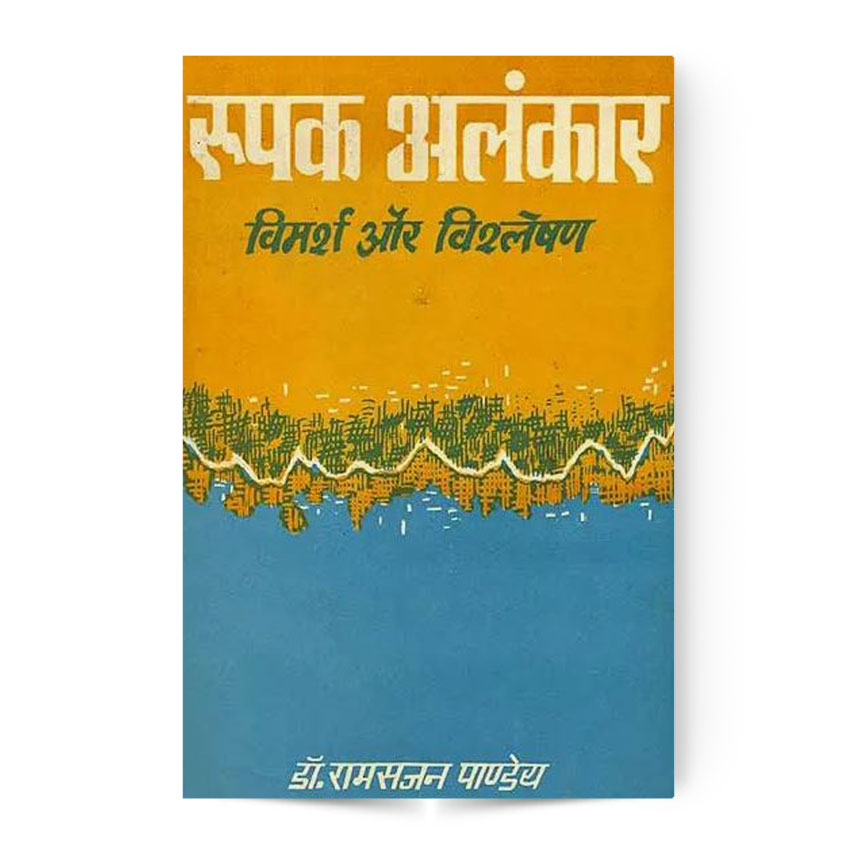
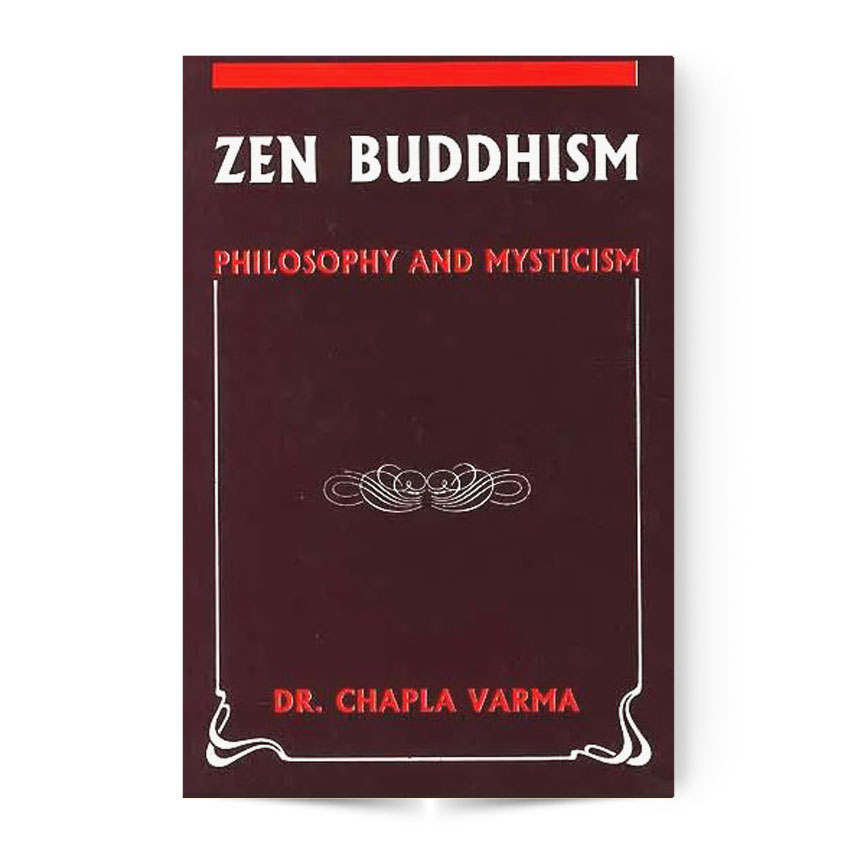


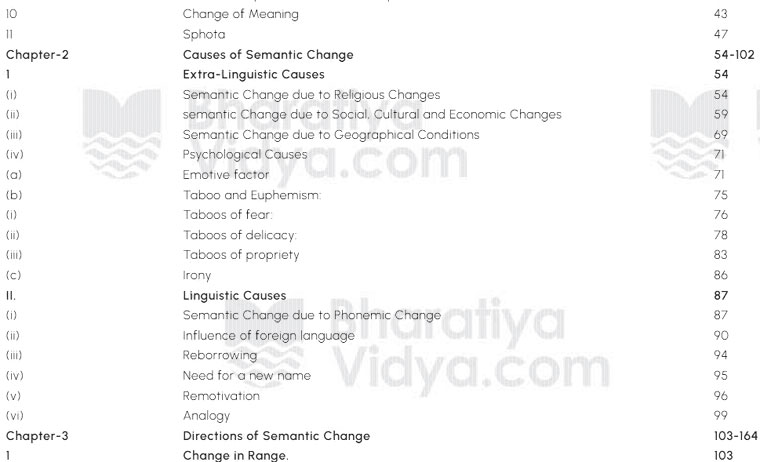








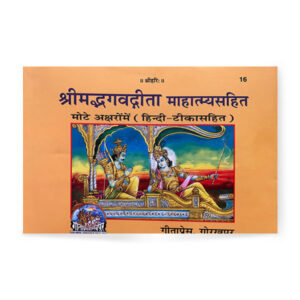

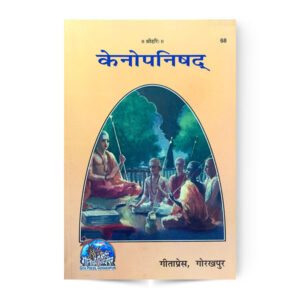
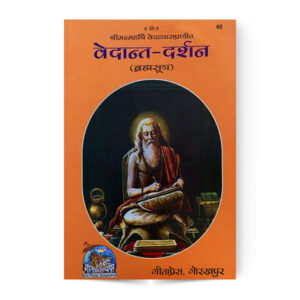
Reviews
There are no reviews yet.